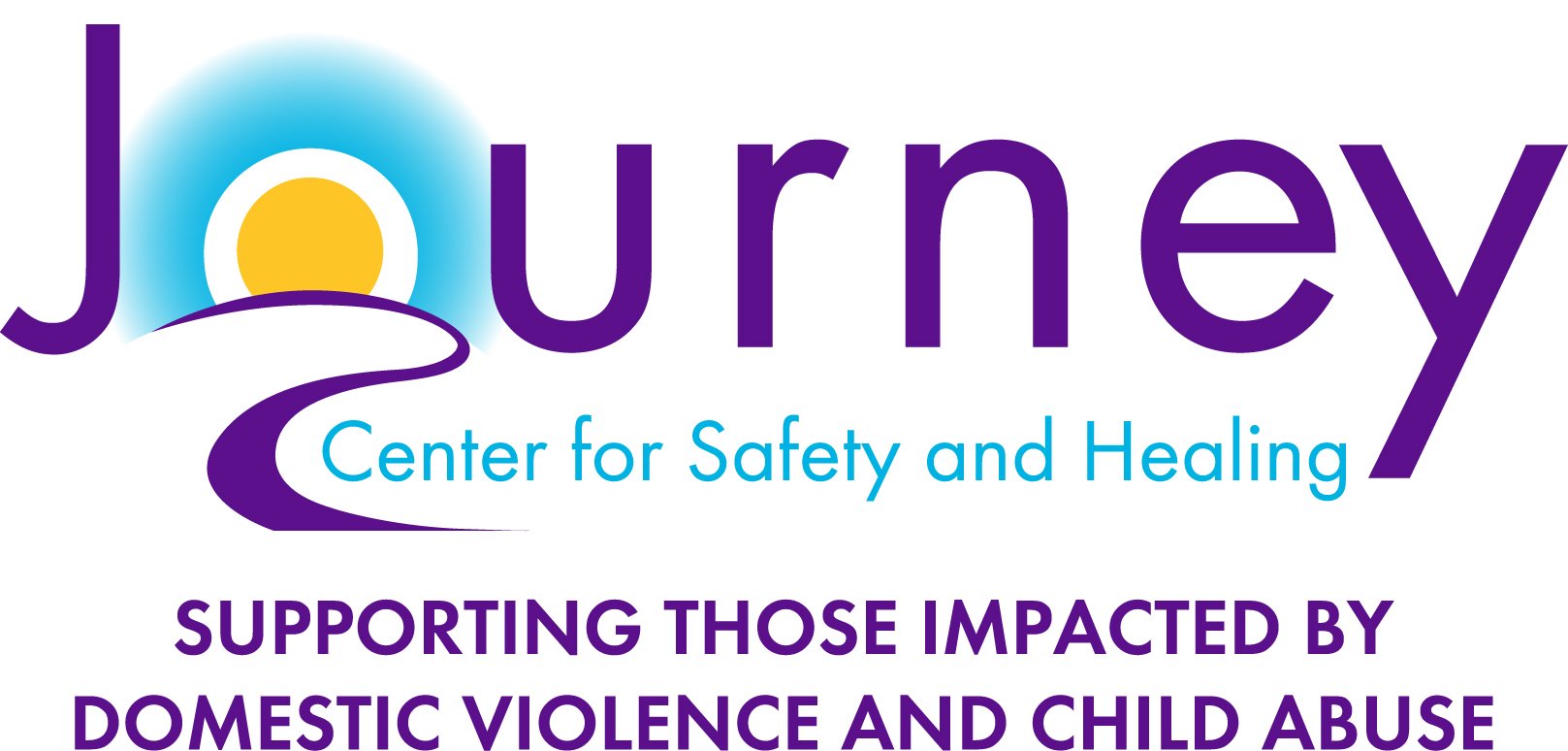Domestic violence escalating in Northeast Ohio: The signs and where to get help
CLEVELAND (WJW) – When domestic violence escalated during the pandemic, community leaders in Northeast Ohio were not surprised.
It’s been a year and half and they say the number of violent cases keeps growing.
“There are evidence-based indicators that a case is more likely to escalate to a homicide or to a nearly fatal attack. Some of those indicators are if the abuser owns a gun, if there’s ever been strangulation in the relationship, at all, if there’s been a recent job loss, if an abuser has ever threatened suicide,” said Melissa Graves, CEO of Journey Center For Safety and Healing in Cleveland.
Graves says before the pandemic, the average score on a danger assessment was 16.8 and anything between 14 and 17 is considered high risk of escalation. Since the pandemic, they’ve seen that score go up to 19.2, on average.
Over the past year, FOX 8 has reported on the tragic deaths of multiple women due to domestic violence.
In September 2021, police say Valerie Gudger, a Cuyahoga County Corrections Officer, was shot and killed by her boyfriend inside of a car in Cleveland.
In April 2021, Rebecca Jean Rogers was shot and killed, according to police, by her ex-boyfriend while waitressing.
In July 2020, Robin Nelson was killed by her husband in a murder-suicide along with her three kids because, police say, she planned to leave.
While women aren’t the only victims of domestic violence, advocates say they are most at risk.
“When women are murdered, it’s a more than 50% chance that they’re murdered by a current or former partner,” said Graves.
Journey Center For Safety and Healing serviced 10,000 people from 2020-2021. That’s actually a small decrease from previous years, since in-person programs were limited.
Still, many of those served needed safe shelter, support groups or a safety plan.
In some cases, shelters aren’t an option.
Danyele Velez, who’s originally from Lorain County, says she dealt with controlling behavior, pushing and tussling in front her children in two previous relationships. She says she wanted to walk away from her most recent boyfriend in 2020, but shelters in Southern Ohio couldn’t take her and her five kids. So, she stayed.
Her experience sheds light on a different side of domestic violence.
“We went back to Lorain to go visit family and the kids were left in his care for the weekend. I had an interview at Ford in Kentucky and Louisville, so I went back for that and that weekend is when my daughter passed away from a drive-by shooting,” Velez said.
“A lot of times, we think that domestic violence is just the man, you know, engaged in an activity with the female, but it’s not. Oftentimes, they’re in the community, engaging in violence as well, and so, that brings danger to the house,” said Brenda Glass, founder and CEO of the Brenda Glass Multipurpose Trauma Center.
Glass says when badly beaten women show up at hospitals in Greater Cleveland, they call her.
Despite funding cuts, in the past year, she’s placed 57 women, men and child victims in one of the 11 standalone homes her center currently operates. Each patient receives psychotherapy treatment as well.
“We help people to understand that when they feel violated, that their very belief system has been tampered with. You have a belief that you should be safe. You have a belief that you’re a human being and you are worthy of safety, you’re worthy of not being hit. But all that has been taken away from you. You’ve been robbed of your very core,” Glass said.
There is help in our community, even in the most violent situations, but advocates want people to know that abusers typically start small.
“I might say something like, ‘Well, I don’t think your family likes me’, you know, or ‘We’re in a relationship. Why do you need those other friends now?’ I always say perpetrators go through the back door, they don’t come through the front,” said Victoria Grant, Justice System Racial Equity and Inclusion Manager at Journey Center for Safety and Healing.
Other warning signs, according to the Domestic Violence Intervention Project, include smashing or destroying property, monitoring your phone calls, texts and spending or consistently threatening to leave.
For the victim, walking away is the most dangerous time.
“If you don’t have a clear place that you know is a safe place for you to go, it’s a more complicated thing. So, we really encourage anybody to call our helpline, because our advocates and our helpline can really help people process,” Graves said.
For resources and to reach Journey Center For Safety and Healing’s 24-Hour Helpline, call (216) 391-4357 (HELP).
